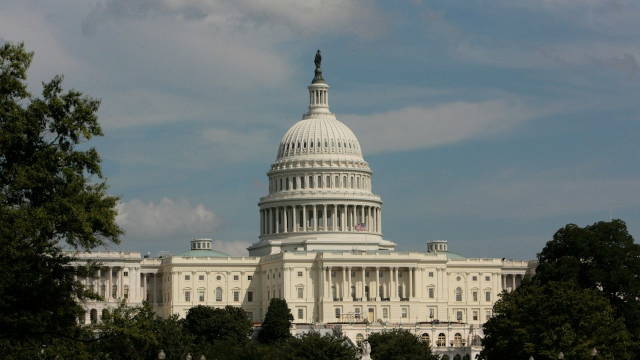Understanding the Basics
Whether you’re building an emergency fund or planning for a big purchase, deciding where to store your cash matters. Both savings accounts and money market accounts (MMAs) offer safe, interest-bearing places to park your money—typically with federal insurance through the FDIC or NCUA. But key differences in access, minimums, and features could influence which one suits your goals.
While high-yield savings accounts (HYSAs) often offer better returns than standard savings, MMAs may offer even more flexibility—particularly if check-writing or debit access is important to you.
Key Differences Between MMAs and Savings Accounts
Both accounts serve similar purposes but differ in structure and function. Savings accounts generally have lower minimum deposit requirements and are designed to help you grow your cash slowly with minimal fees or complexity.
Money market accounts, on the other hand, often require larger opening deposits but come with higher APYs and greater transactional flexibility. Some even offer debit cards and check access, features rarely found with standard savings accounts.
Here’s a side-by-side overview:
| Feature | Money Market Account | Savings Account |
|---|---|---|
| Insurance | FDIC/NCUA | FDIC/NCUA |
| Minimum Deposit | Higher | Low to none |
| Interest Rate | Higher, variable | Lower, variable |
| Access | Debit card, checks | ATM, ACH, teller |
| Linkage | Yes | Yes |
| Withdrawal Limits | May apply | May apply |
What Is a Money Market Account?
Money market accounts blend aspects of savings and checking accounts. You earn compound interest while maintaining the flexibility to make occasional transactions—often via checks or a debit card. This makes MMAs ideal for savers who need both yield and access.
“Money market accounts can be especially useful for people with large cash balances,” says Carina Berlin, a certified financial planner at Kayne Anderson Rudnick. “They reward higher deposits with stronger interest returns and enhanced account features.”
Some institutions still enforce minimum balance requirements and fees, but an increasing number now offer MMAs with no minimums—broadening accessibility.
How Money Market Accounts Operate
Like savings accounts, MMAs offer compound interest and are federally insured. However, their key differentiator is accessibility. You can often use checks or a debit card to spend directly from your account. While some institutions impose withdrawal limits, others do not—especially after the Fed suspended Regulation D during the pandemic.
Still, it’s best to review a bank’s specific policy before opening an MMA, as some have reinstated caps on the number of withdrawals allowed per month.
Pros and Cons of Money Market Accounts
Pros
- May include check-writing and debit card access
- Typically offer higher APYs than traditional savings
- FDIC/NCUA insured
Cons
- May charge fees if balances dip below minimum
- Often require higher opening deposits
- Some have monthly withdrawal caps
Evaluating Traditional Savings Accounts
Savings accounts provide a straightforward way to earn interest while keeping your money secure. Although yields tend to be lower—especially compared to MMAs—high-yield savings accounts from online banks can offer rates that rival or surpass money market products.
Pros
- Generally easier to open and maintain
- Accessible via ATM, ACH, or teller transactions
- Federally insured
Cons
- Less flexibility than MMAs
- May have lower APYs, especially at traditional banks
- Potential monthly withdrawal limits
"A savings account held at a different institution forces an intentional decision to withdraw, helping curb impulsive spending." — Spencer Betts, Bickling Financial Services
Deciding Between a Savings Account and an MMA
There’s no need to choose one over the other. In fact, using both in tandem—a high-yield savings account for long-term growth and a money market account for accessible funds—can give you the best of both worlds.

But if simplifying your finances is a priority, consider what matters most: ease of access or yield potential. If you value flexibility and higher returns, a money market account might be your answer. If you prefer simplicity and lower thresholds to start saving, stick with a savings account.
"There’s no one-size-fits-all answer—you do what works for you." — Arijit Roy, U.S. Bank
Final Thought
Whether you choose a savings account, money market account, or both, the important step is starting to save. As your goals evolve, so can your financial tools—letting your strategy grow alongside your balance.
Source: Fortune, June 25, 2025.






